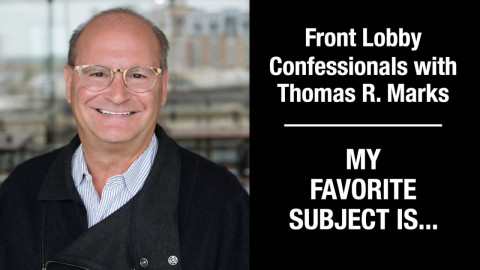In the Ad Nauseam Hall of Fame, in the Sales Wing, you’ll find no shortage of sales techniques including SPIN Selling, N.E.A.T. Selling, Conceptual Selling, SNAP Selling, Challenger Sales, The Sandler System, CustomerCentric Selling and MEDDIC Selling (Metrics, Economic Buyer, Decision Criteria, Decision Process, Identify Pain and Champion).
